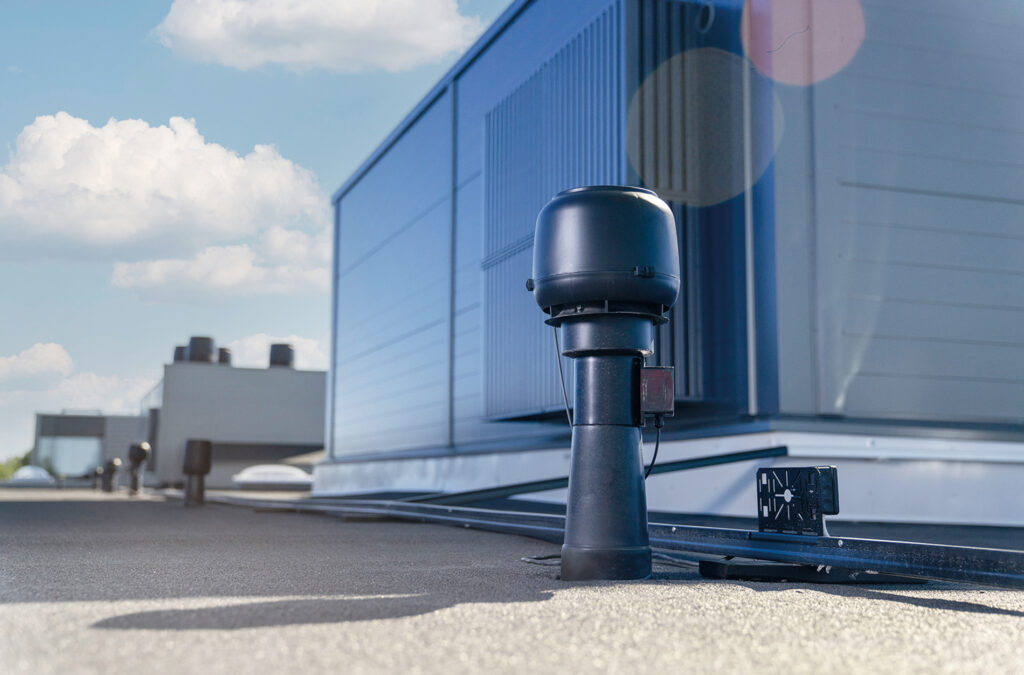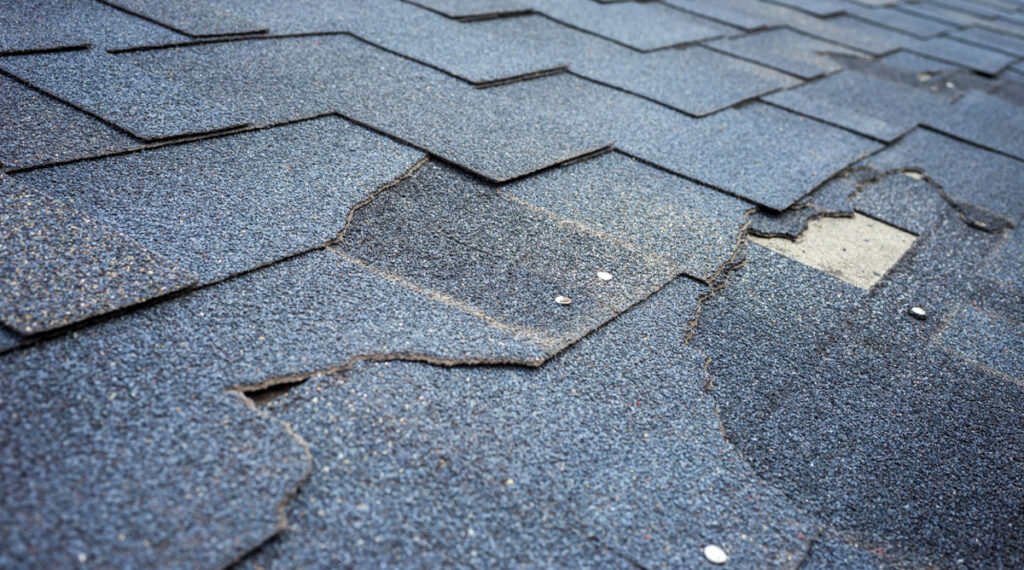Investing in a smart roof will protect structures from expensive moisture damage

Moisture damage on a roof is not only a common and expensive problem: it can also create a breeding ground for fungi and other microbes which cause bad indoor air. As an alternative to taking on the potentially high costs of repairing moisture damage, investment in a smart roof can instead save a great deal of money.
Repair costs for moisture damage
Repair costs for moisture damage on a roof depend on many factors: among others, the extent of the damage and how easy it is to access the damaged areas on the roof to repair them:
“According to my experience, repair costs for moisture damage on a roof seldom go below 5 000 euros, even when the leakage is small”, says research and development director of VILPE Veli-Pekka Lahti.
These reparation costs are often lower if a leakage is identified early on. However, detecting a leakage early is challenging, because moisture damage is often hidden within a structure:
“You cannot know the condition of structures without opening them and conducting an inspection. If the roof has not been equipped with new technical solutions, it must be opened and inspected in case of suspected moisture damage. But this also means that you often notice the problems too late”, says Lahti.
The smart roof system VILPE Sense allows for the early detection of moisture damage without having to open and inspect a roof. VILPE Sense will alert you if it has detected possible leaks, and because the system in connected to a roof fan, it is able to dry the structure when needed.
How much does a smart roof cost?
Even though it is expensive to repair moisture damage on roofs, installing a smart roof is relatively cheap. VILPE’s product developer Janne Vedenjuoksu explains that you need, at the minimum, a VILPE Sense basic kit, which is comprised of two sensors and a control unit. You will also need an ECo and ECo Flow roof fan with a pass-through.
The number of additional basic kits and extra sensors required depends on many factors: for instance, the shape of the roof, its size and structure. In addition to the VILPE Sense products, you will need someone to install them: installation takes approximately two hours per roof fan and VILPE Sense system. However, this time can vary–for example, if there is no electricity on the roof the installation will take longer.
Veli-Pekka Lahti has high hopes for the success of the VILPE Sense system:
“I am convinced that the future of the building industry lies in smart and automatic products”, says Lahti.



